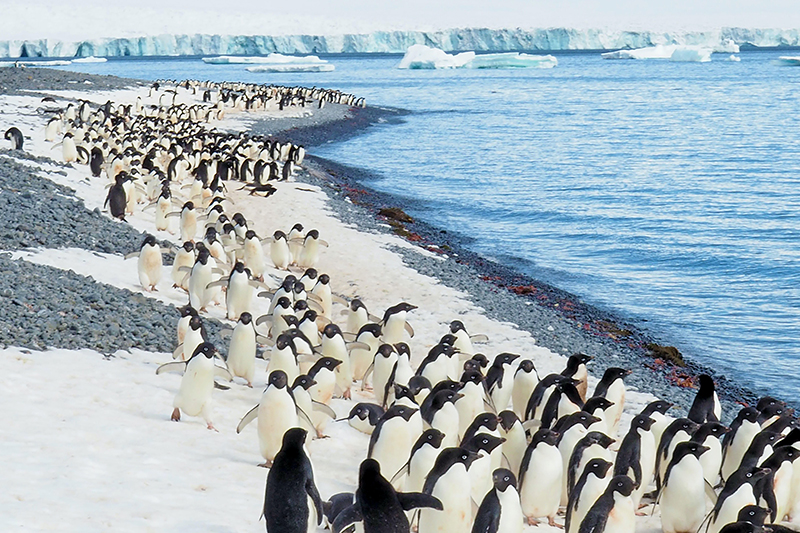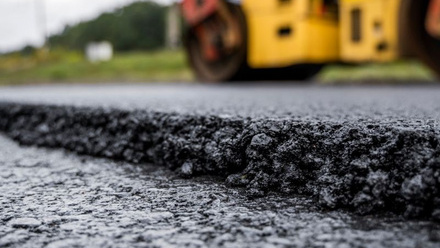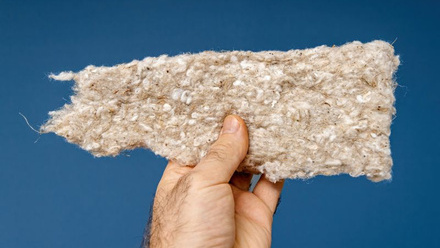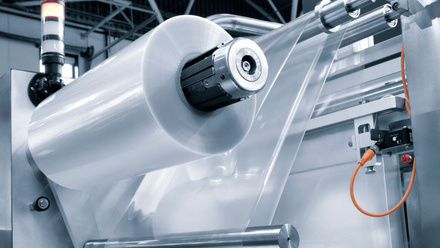IAEA scientists research Antarctic microplastics
The International Atomic Energy Agency (IAEA) is investigating microplastics in Antarctica in alliance with Argentina.

The two-person team will set off for a month to investigate the impact of microplastics in seawater, lakes, sediments, sand, discharge water and animals near the Argentine Carlini research station.
The missions is being carried out through the NUTEC plastics initiative, an IAEA flagship programme to fight plastic pollution with nuclear technologies.
Through a network of NUTEC Plastic Monitoring Laboratories, nuclear and isotopic techniques are being used to produce data on marine microplastics distribution by sampling and analysing the prevalence of microplastics in the environment.
The IAEA say the first evidence of microplastics - plastic particles below 5mm in diameter - found in Antarctic coastal fast ice was in 2009 when University of Tasmania, Australia, researchers sampled sea ice in East Antarctica.
At the launch event at the Antarctic Base Marambio, IAEA Director General Grossi says, 'Microplastics are a global problem, but the international community still lacks the scientific data needed to make informed decisions. This is the goal of NUTEC plastics: by understanding the plastic origin, movement and impact, we can make informed decisions on how to address the problem.'







